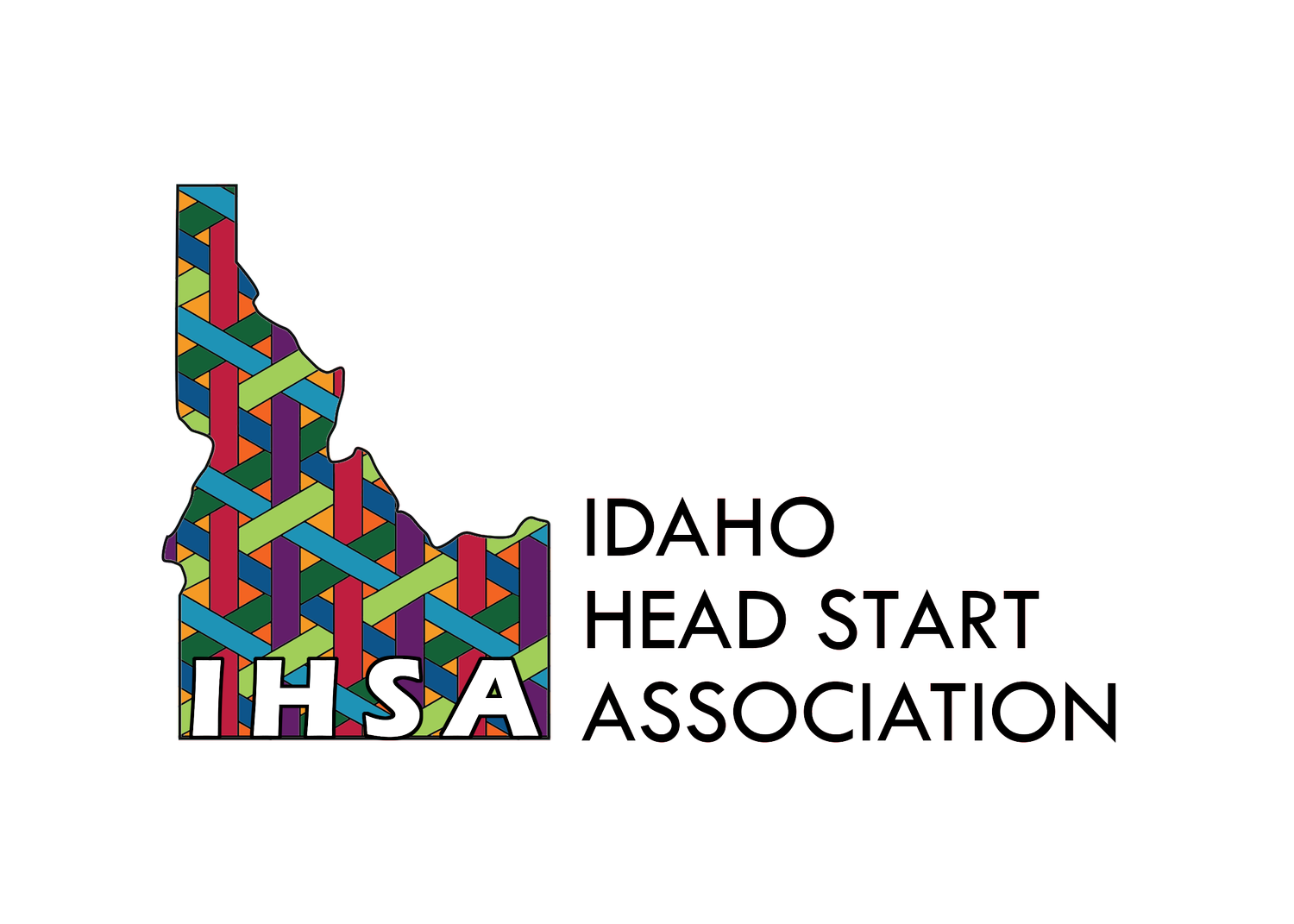Yasmina Vinci | Executive Director, National Head Start Association
[shib·bo·leth/noun: a common saying or belief with little current meaning or truth.]
Although not frequently used, the term shibboleth precisely describes the oft-repeated, yet fallacious, assertion that the benefits of Head Start completely fade out by third grade,
In recent years, foes of federal investment in early childhood education cite fade out as a justification for disinvestment. Somehow, a snapshot of cognitive development, taken in the third grade, has become a proxy for the long-term effects of quality early learning.
Yet, just wo weeks ago, Nobel Laureate James Heckman authoritatively debunked fadeout as a valid milestone:
The decision to judge programs based on third-grade test scores dismisses the full range of skills and capacities developed through early childhood education that strongly contribute to future achievement and life outcomes.
Professor Heckman is not the only scholar to spotlight the fade-out shibboleth. Tim Bartik, senior economist at The Upjohn Institute noted recently a "fundamental issue in pre-K research: test score effects often fade as children go through the K-12 system, but then effects on adult outcomes such as educational attainment or earnings re-emerge despite the fading. The faded test score effects are often poorer predictors of adult outcomes than the initial post-program test score effects."
The list of academics whose own research led to similar conclusions is large: David Deming at Harvard's Graduate School of Education, University of Chicago's Jens Ludwig, and Rucker Johnson at University of California at Berkeley, and recently, Patrick Kline and Christopher Walters at the University of California/Berkeley are just a sample.
Of course, this academic research comes as no surprise the Head Start community. Those teachers and administrators can point to millions of successful adults whose lives were touched at an early age by Head Start, and who credit the program, many years later, with setting them on the right track for success. Take Chuck Mills as an example. A business owner and former pilot of Marine One (the President's helicopter), he recently spoke before Congress about how he and his five brothers and sisters were raised by a single mother in a poor and violent community. He and one of his sisters attended Head Start, and as adults, became very successful professionally. Their siblings who were not able to attend Head Start led lives of struggle and addiction. At the end of his moving testimony, Chuck told the committee, "I attribute much of who I am to the Head Start program and my life mission to be the father to my children that I never had in part is a result of the life lessons I learned while in Head Start."
When critics put forth the argument that research reveals a fade-out effect, let's remember that long term effects - the really important ones - do not appear for many years after the third grade. Let's put this meaningless shibboleth aside and turn to the important business of investing in our most valuable and vulnerable resource, our children.
